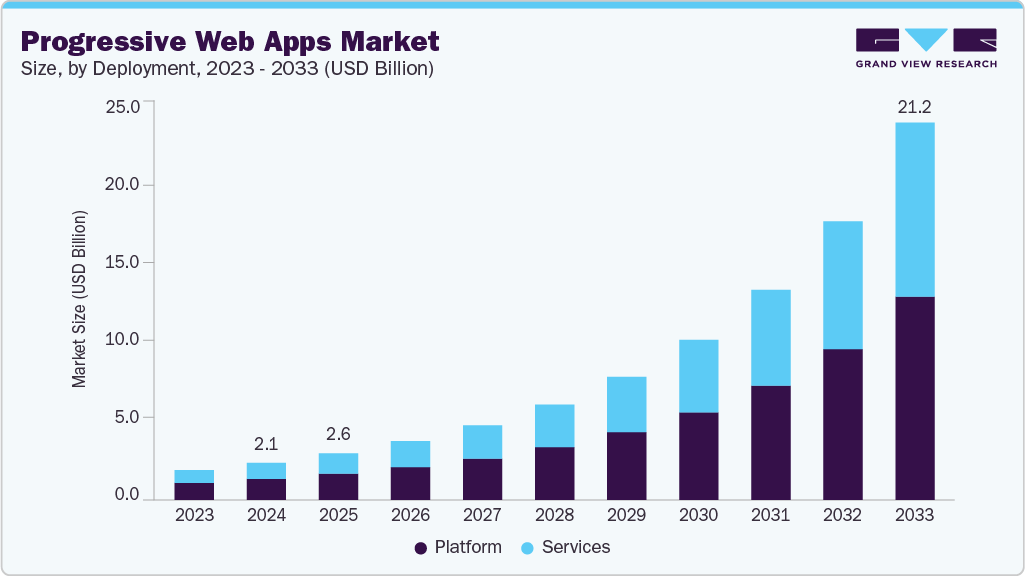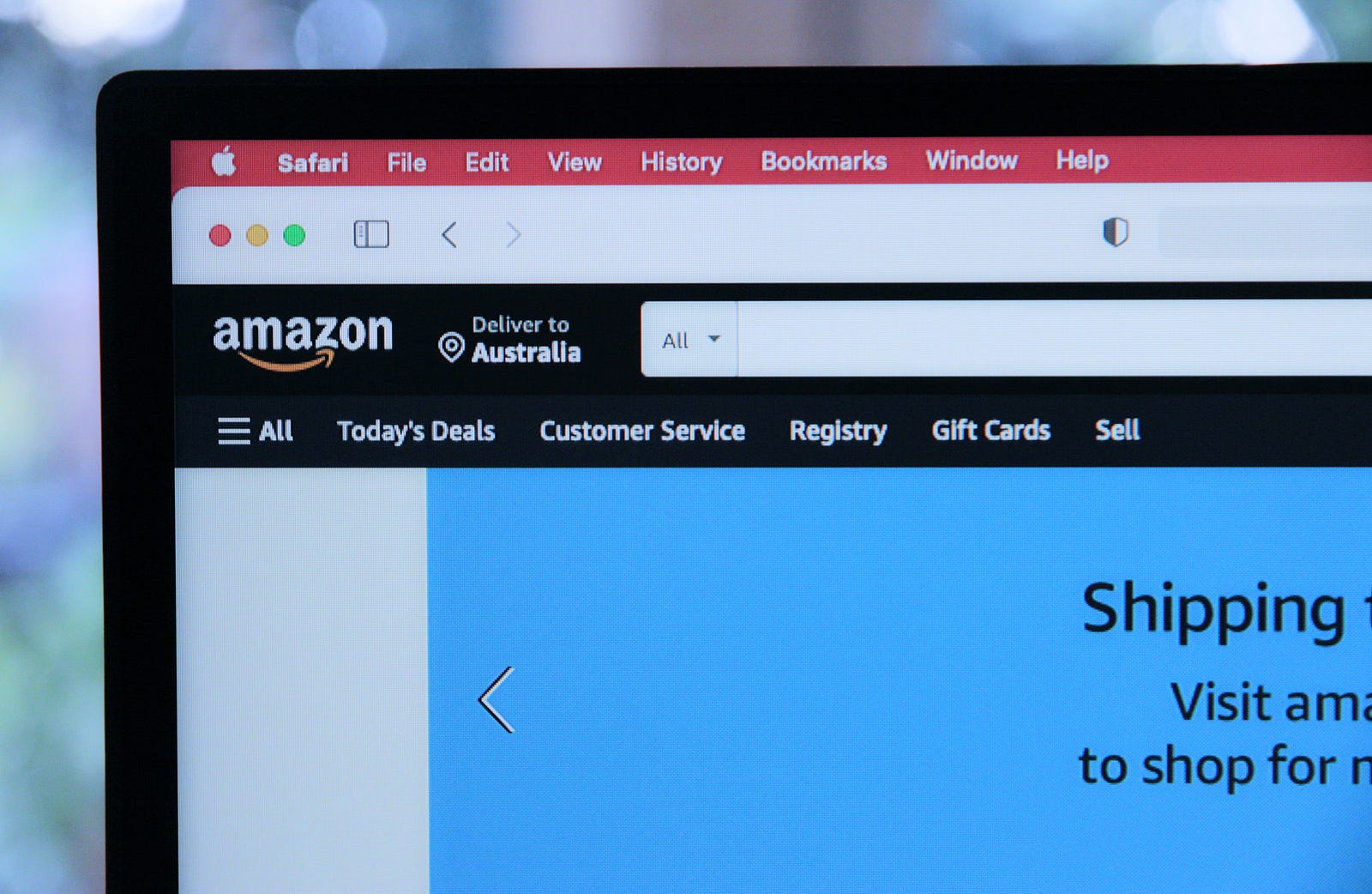According to the International Telecommunication Union, around 2.6 billion people still do not use the internet. That's about a third of humanity. And even for those who are connected, networks can be patchy, expensive, or unreliable.
This situation has sparked a shift in web development. More developers are building apps that work without internet connections first. Then they add online features when connectivity is available.
What started as a specialized approach has become more mainstream. Apps that function regardless of network status are moving from experimental to expected.
What Does Offline-First Actually Mean?
Offline-first flips the usual way of building web apps. Instead of creating apps that need internet and then adding offline features, developers build for offline use first. When connections are available, the apps sync data in the background.
Resilient web apps take this further. They keep working during slow connections, network interruptions, and complete outages. Users can continue their tasks without losing progress or data.
This approach has grown from a niche technique to a recognized development strategy. Companies now often include offline capabilities in their initial planning rather than as afterthoughts. In modern web application custom development, resilience and offline capability are no longer optional extras.
But why has this shift happened so quickly?
Market Growth Shows Rising Adoption
The global market for Progressive Web Apps gives us some insight. Grand View Research shows projections from just over 2 billion dollars in 2024 to more than 21 billion by 2033. This surge reflects the demand for apps that act like native mobile tools: fast, installable, and resilient even with poor connectivity.

In many ways, PWAs are driving the rise of offline-first and resilient web experiences. These apps work like mobile apps but run in web browsers. They can be installed directly without app stores. But their real appeal often lies in their offline capabilities, caching systems, and network resilience.
The market expansion suggests businesses see value in resilient applications. Organizations invest in technologies that solve real problems for their users. Unreliable connectivity presents challenges that companies appear willing to invest in solving.
This growth reflects changing expectations. Users increasingly expect apps to work consistently, regardless of their network situation.
Technical Foundations Have Improved
The tools and technologies supporting offline-first apps have matured in recent years. Modern browsers now provide several key capabilities that enable sophisticated offline experiences:
-
Service workers handle network requests and manage cached content reliably
-
Background sync lets apps queue actions when offline and execute them when connections return
-
Local storage options can handle complex data scenarios and client-side databases
-
Browser APIs have expanded to support app-like features including notifications and device access
Designing for offline-first means rethinking web application architecture instead of bolting on offline features later. The architectural patterns have evolved to support this shift, giving developers proven frameworks and implementation approaches.
But challenges remain. A 2025 study on PWA permission systems found inconsistencies across browsers. Some potential security issues were also identified. These findings show that the technology continues to evolve.
Security Considerations Grow with Usage
As offline-first apps become more common, security research has followed. This attention indicates the technology's growing importance in the development community.
Security researchers have found that Progressive Web Apps can be copied or spoofed. Their paper on securing PWAs against unauthorized replications proposed methods to prevent these attacks. Users might install fake versions thinking they're legitimate apps.
The focus on security represents maturation in the field. When technologies are experimental, functionality often comes first. As they become mainstream, security becomes a priority concern.
Resilient apps need to address both connectivity challenges and security threats. The growing research in this area shows the community takes both aspects seriously.
Businesses Are Adopting the Approach
Organizations across different industries appear to be including offline-first in their digital strategies. The business case extends beyond technical benefits to operational reliability and user experience.
Consider some practical scenarios where offline capability matters:
-
Sales representatives in remote areas need to access product information during client meetings
-
Field technicians require work order details in locations with poor coverage
-
Healthcare workers need patient data regardless of network availability
-
Logistics teams must track shipments even when connectivity drops
Forward-thinking companies already include resilience in their B2B website strategy, treating it as a way to maintain credibility with clients and partners. When business-critical apps fail due to network issues, it can affect perceptions of overall reliability.
The adoption appears in project requirements and technical specifications. What once needed special justification now gets included in standard planning discussions.
Implementation Challenges Exist
The rise of offline-first hasn't been completely smooth. Some developers question whether the added complexity provides sufficient benefits. Implementation involves handling data synchronization, managing storage limitations, and dealing with varying browser support.
These concerns reflect natural challenges in any technological shift. Early adoption often requires more effort as tools and practices develop. Not every application needs full offline capabilities, and there are risks of overengineering solutions.
But the overall direction continues toward greater adoption. Development tools improve regularly, and successful implementations provide proven patterns. Browser support becomes more consistent over time.
What do these challenges mean for the future? They suggest the rise is ongoing rather than complete, but the momentum appears sustainable.
What's Driving This Change?
Several factors appear to be contributing to the growing adoption of offline-first approaches:
-
Persistent connectivity issues despite infrastructure improvements
-
Rising mobile usage in variable network conditions
-
Higher user expectations for app reliability
-
Business awareness that app failures damage customer relationships
-
Lower technical barriers as development tools improve
The combination of these factors suggests why offline-first has gained momentum, though the relative importance may vary by industry and use case.
Looking at Current Trends
Offline-first and resilient web apps are growing as digital tools become more essential. With billions still offline and connected users facing patchy networks, resilience gains importance.
Market growth, technical improvements, and business adoption suggest continued expansion. AI may optimize sync strategies and improve offline experiences. Edge computing could simplify implementation. Browser standards keep improving.
This shift focuses on building tools that work regardless of infrastructure limits. Offline-first apps appear to be gaining ground as organizations see their value.




